If you click on a link and make a purchase we may receive a small commission. Read our editorial policy.
Why the Princess Bride’s iconic duel is an even better swordfight than you remember
How the Princess Bride’s cliffside duel became a masterclass in movie swordfighting.
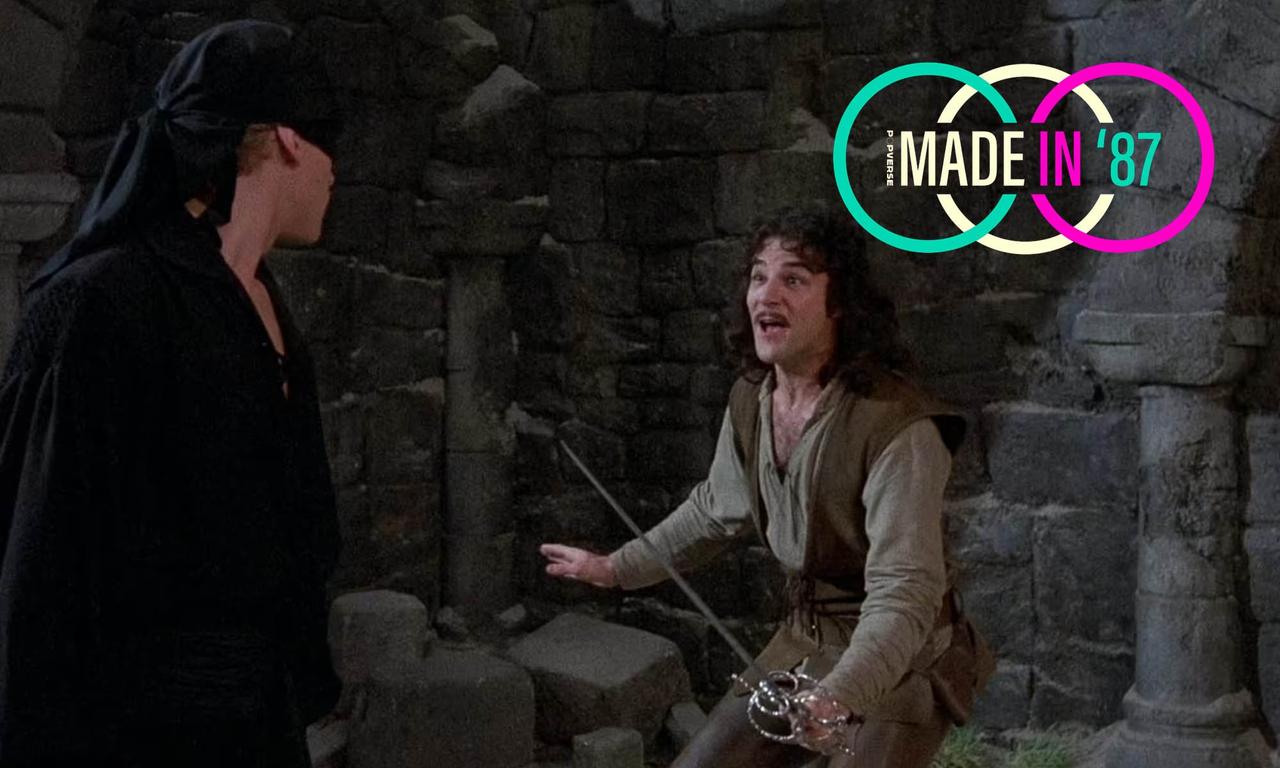
Popverse's top stories
- DC to reveal the secret history of the Absolute Universe, and how it changes Superman's place in it all
- Watch now: Warner Bros.'s official Mortal Kombat II panel from NYCC 2025
- Sadie Sink's Max Mayfield Is the True Hero of Stranger Things — and could be the heart of the show’s series finale
A lot of things were happening back in 1987. The Teenage Mutant Ninja Turtles were cowabungaing for the first time. Arnold Schwarzenegger was shouting “Get to the choppa!” on screens across the US. And, high atop the Cliffs of Insanity, near the border between the nations of Florin and Guilder, two men were clashing swords in what would become one of the many iconic moments in The Princess Bride. The swordfight between The Man in Black and Inigo Montoya has become one of the most famous in cinema history, and, as a sword nerd myself, I’ve watched it a hundred times over the years.
As much as you might love the Cliffs of Insanity fight in The Princess Bride, it is so much better than you think.
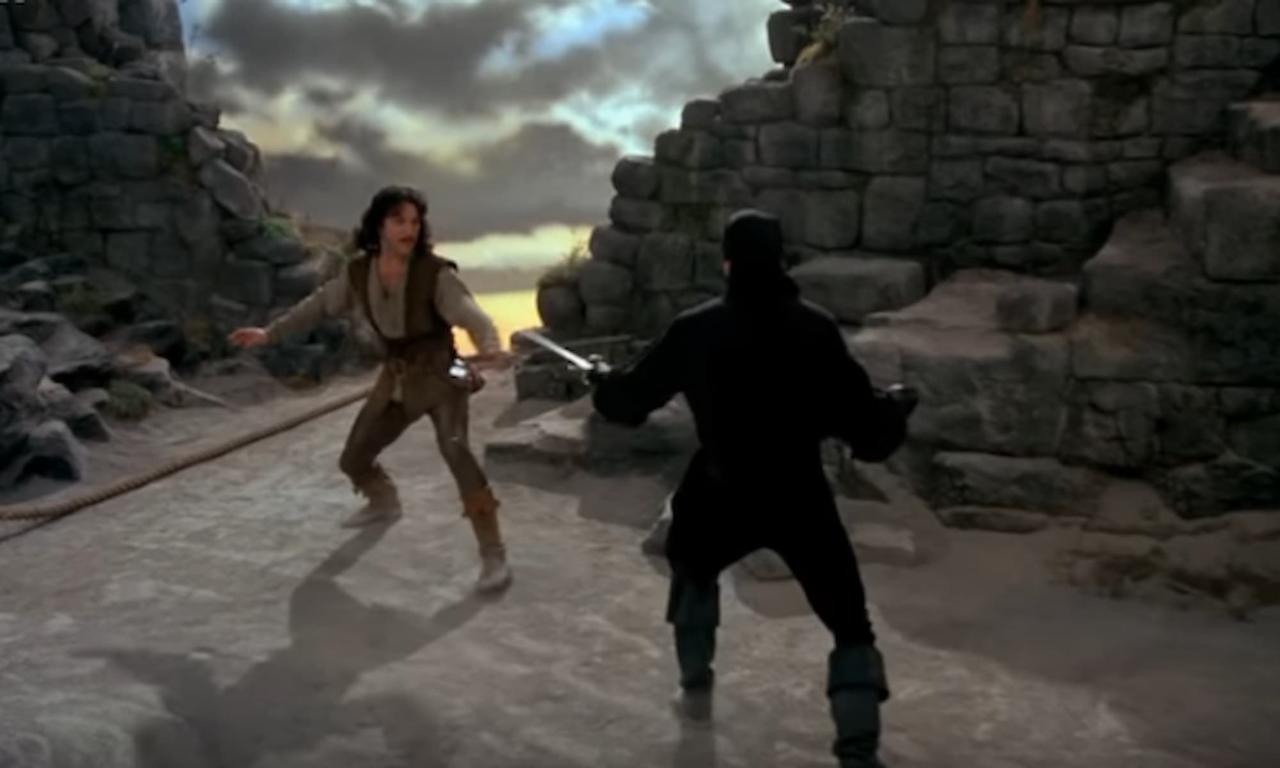
Rob Reiner had a tall order in bringing this particular fight to life. In the book, Inigo is described as the greatest swordsman of his generation and is given the title of “wizard,” which puts him higher than even the greatest living masters. William Goldman’s book goes into greater detail than the movie, explaining that Inigo is on par with the most skilled fighters ever to wield the blade.
And the Man in Black beats him. Easily.
Bringing the clash between these titans of the blade to life was a mammoth task; bigger than either Cary Elwes, who played the Man in Black/the Dread Pirate Roberts/Westley in the movie, or Mandy Patinkin, who played Inigo Montoya, expected. In fact, it was bigger than anyone expected. When the pair performed the first version of the fight, they drew applause from the film’s crew. Rob Reiner had a slightly less enthusiastic reaction:
“That’s it?”
The original version of the fight was shorter and more restrained. Reiner knew that this was a key part of the movie, the beginning of the legend of the Man in Black. The swordfighting in this scene is different from most swashbuckling encounters you’ll see in Hollywood. It really is Elwes and Patinkin wielding the swords, for one. Most movies only use the actors for closeups and bring stuntmen in for the wider shots, but The Princess Bride shunned that idea and made sure that it really is Westley and Montoya in every frame. Elwes says that the only stunt that wasn’t done by either him or Patinkin in that sequence was when their characters do actual flips through the air. Reiner allowed them to bring in a gymnast for that.
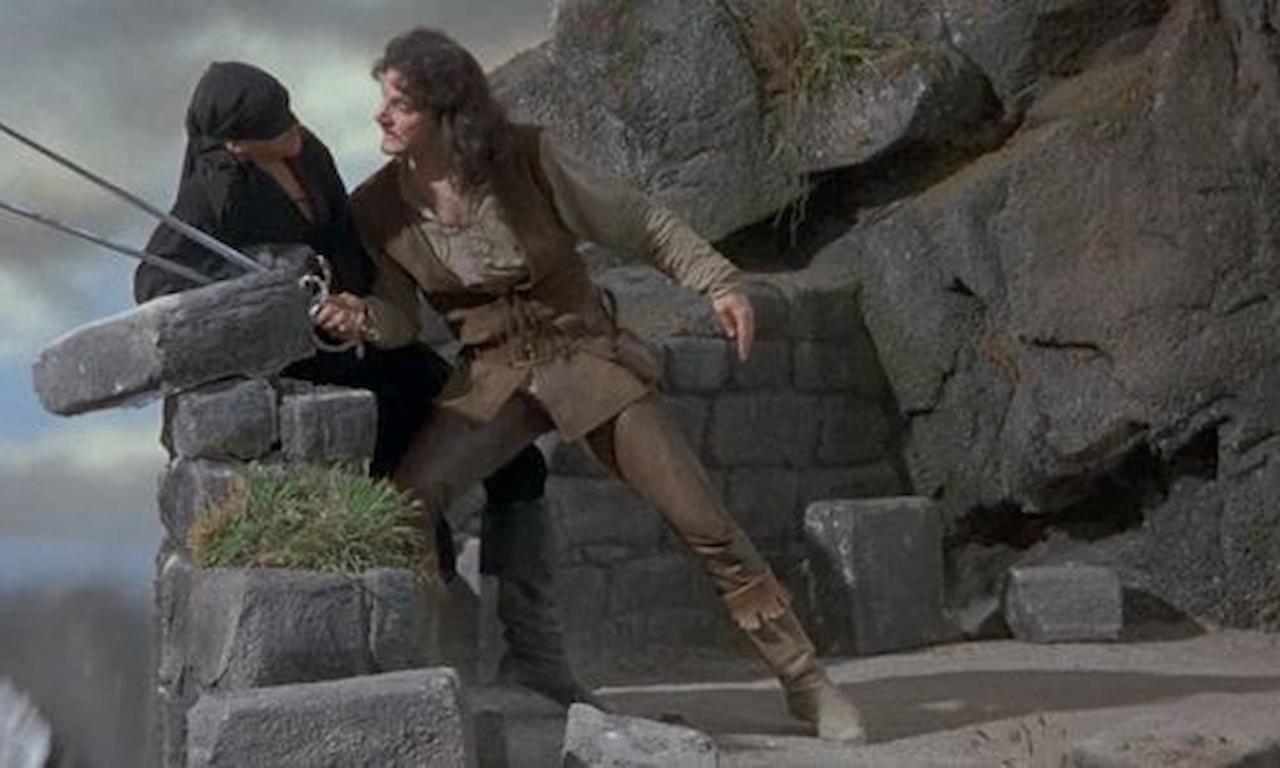
So what we end up with is a sequence with more character and personality than most others, but the actors also had to do hours of extra work each day to be ready to perform for the cameras. They learned each other’s parts to avoid injury and worked with the legendary Peter Diamond and Bob Anderson, who are probably best known for working on the lightsaber sequences in the original Star Wars trilogy, but have both worked on countless other movies and shows. Anderson and Diamond polished Montoya and Elwes until they looked like master swordfighters.
There is a level of grace to the actors’ movements. Their footwork is smooth and fluid. Inigo has a playfulness to him as he advances, like he is a cat toying with his food. The Man in Black is more business-like, with a greater economy of action; he knows, after all, that this is the start – not the end – of his pursuit of his true love. The pair do an excellent job of staying just the right distance away. Nearly within their measure but still safe, as you would in a fight like this. Their attacks don’t flail wildly at the air between them, making a flashy but ineffective display, but they pursue their opponent back and forth in that linear way that fencers do.
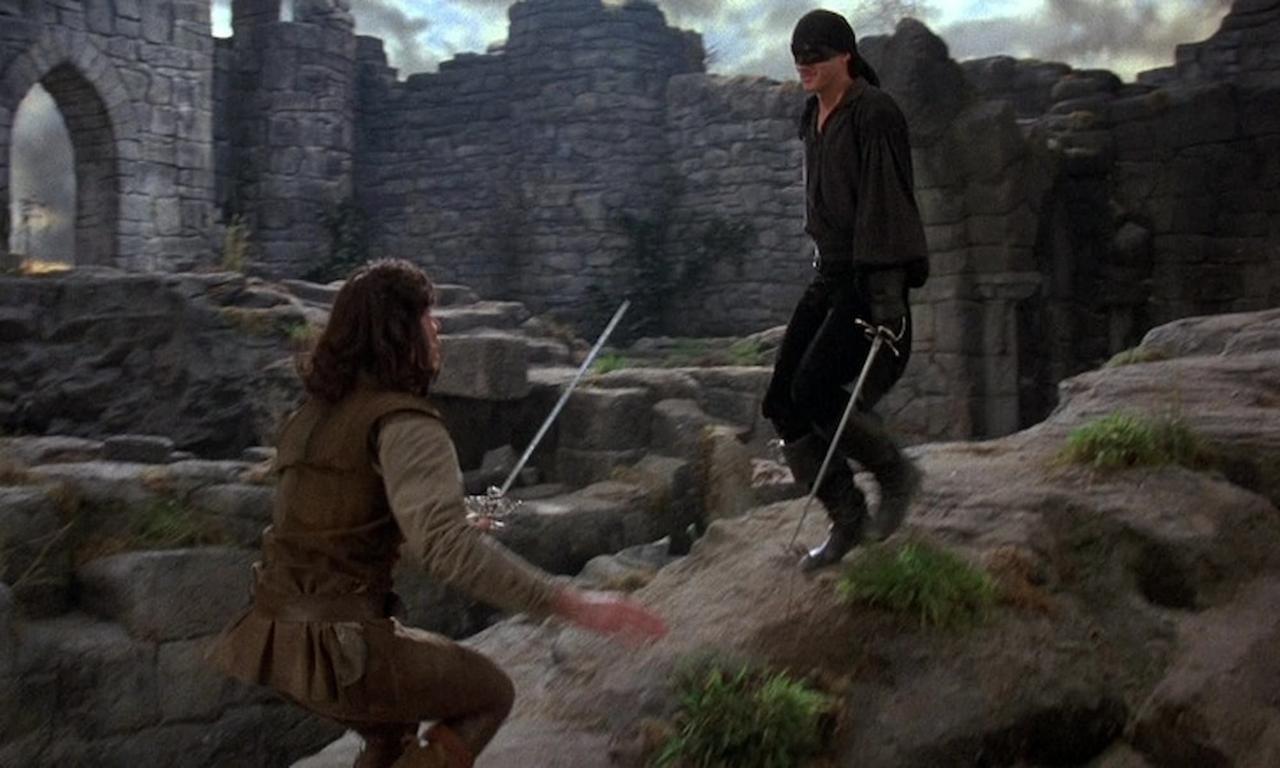
My favorite part of the scene is still the exchange between the fighters about different techniques they have studied and how they apply to the situation. “I see you are using Bonetti’s defense against me,” Inigo says. The pair name-drops several masters, all of whom are real fencing instructors who wrote books throughout history. Bonetti refers to Rocco Bonetti, an Italian instructor who set up a school in London in the 1500s, about whom much isn’t known except that his contemporaries didn’t like him. Ridolfo Capo Ferro was another Italian swordmaster from the same time period who was known for his linear style of fencing. Gerard Thibault d’Anvers was a Dutch instructor who emphasized the use of geometry in fights, advising students to attack from a higher position and safer angles. Finally, Camillo Agrippa was an instructor who focused on the short sword and simplified defensive tactics against over-stylized opponents.
On the surface, there isn’t much that these historical figures add to the scene beyond their names. Agrippa, for example, is not a counter to Thibault so much as a style of fencing that was merely different. These characters deploy these teachers as though they are using pieces on a chessboard, which is not how most people would fight with a sword. However, what this dialogue does is give the impression that these men have studied the blade as students, which you can see more clearly in the way they move. They have approached this not in a casual way but as students, knowing that they must be the best in order to achieve their goals.
You couldn’t fight like the characters in The Princess Bride. Most people wouldn’t swordfight at all (and that is your loss), but they are clearly not trying to murder each other. However, they embrace their fundamentals in a way that few swordfights in movies do. Using the actual actors helps give a bit of authenticity to their performances, and peppering the names of real swordfighting masters, even if somewhat randomly, makes my swordnerd heart soar every time.
Follow Popverse for upcoming event coverage and news
Find out how we conduct our review by reading our review policy
Let Popverse be your tour guide through the wilderness of pop culture
Sign in and let us help you find your new favorite thing.






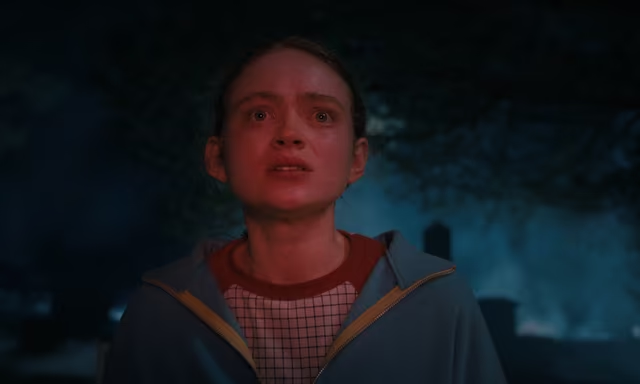



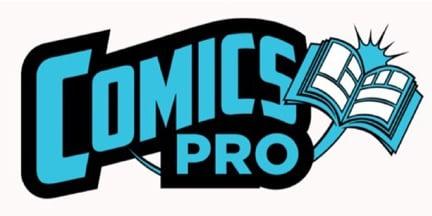




Comments
Want to join the discussion? Please activate your account first.
Visit Reedpop ID if you need to resend the confirmation email.